The best lenses for Sony A6000 cameras: Compact APS-C format primes and zooms
The best lenses for Sony A6000 cameras deliver are capable of great image quality and all-round performance, and are good value for money.
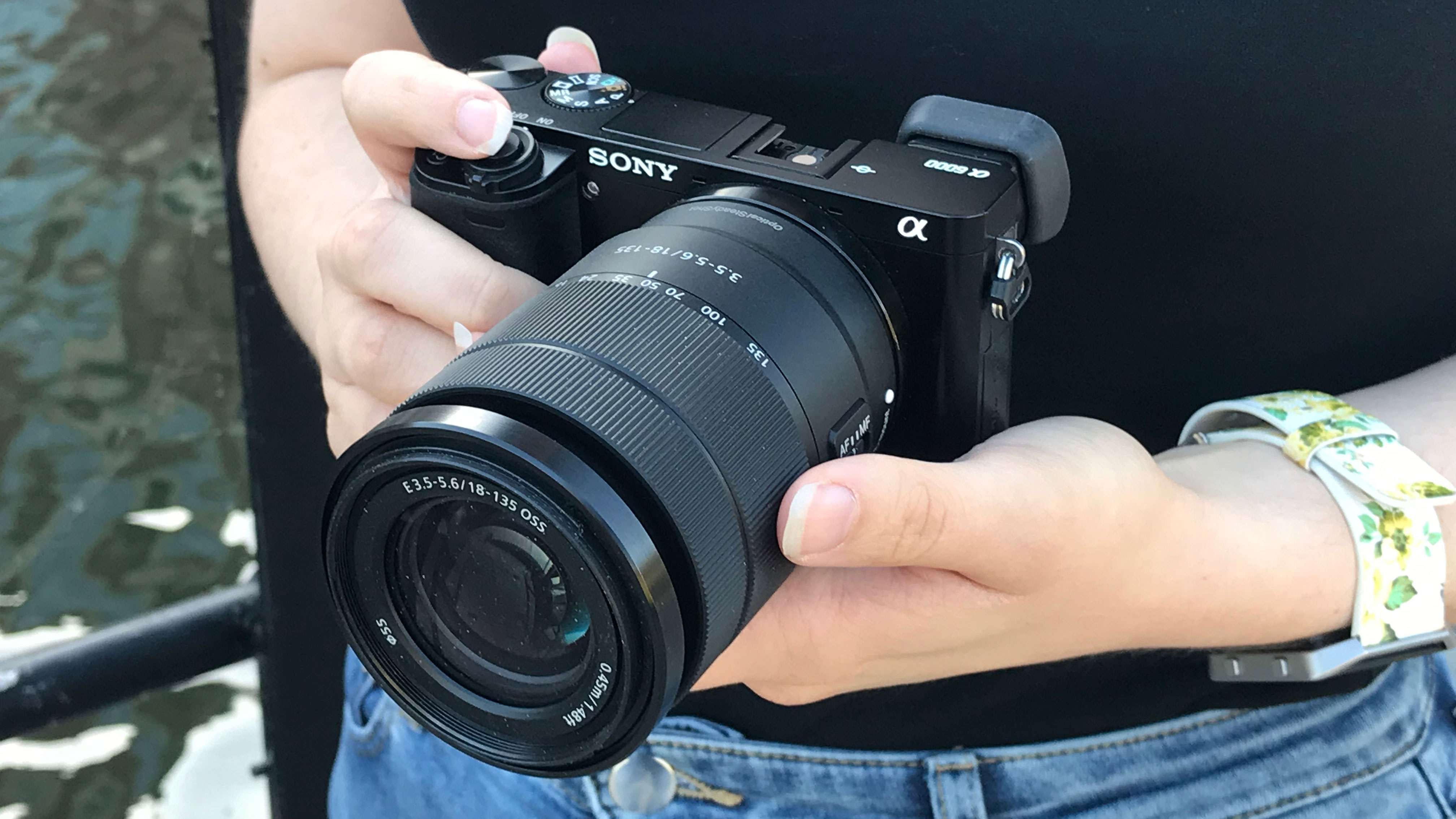
I like the slinky build of the Sony A6000 body and the best lenses for it should keep the same perspective when it comes to physical dimensions and weight. It’s a smart beginner’s camera and a great second-hand buy. Either way, it’ll usually come bundled with a kit zoom lens. That’s a fine start for general shooting but sooner rather than later, you might more telephoto reach, a wider viewing angle or a faster aperture for maintaining quick shutter speeds in low lighting conditions, or for isolating subjects within a scene with a tighter depth of field. Then again, you might just want a better quality lens for enhanced image quality.
The best lenses for Sony A6000-series cameras come in different types to suit a wide range of different shooting scenarios, from general shooting, through landscape and portraiture, to candid street photography and even extreme close-ups with a macro lens. I’ve included a big selection in this guide, and I've personally tested all of them, so can count on my recommendations to be accurate. Find out more about how I test lenses at the bottom of this guide.
While the lenses covered below are a great fit for the Sony A6000 series, they’re also entirely suitable for newer cameras in the series, including the A6100, right up to the A6700. To find out more about how these cameras compare, take a look at Sony A6000 vs A6100 vs A6300 vs A6400 vs A6500 vs A6600 vs A6700: how to choose.
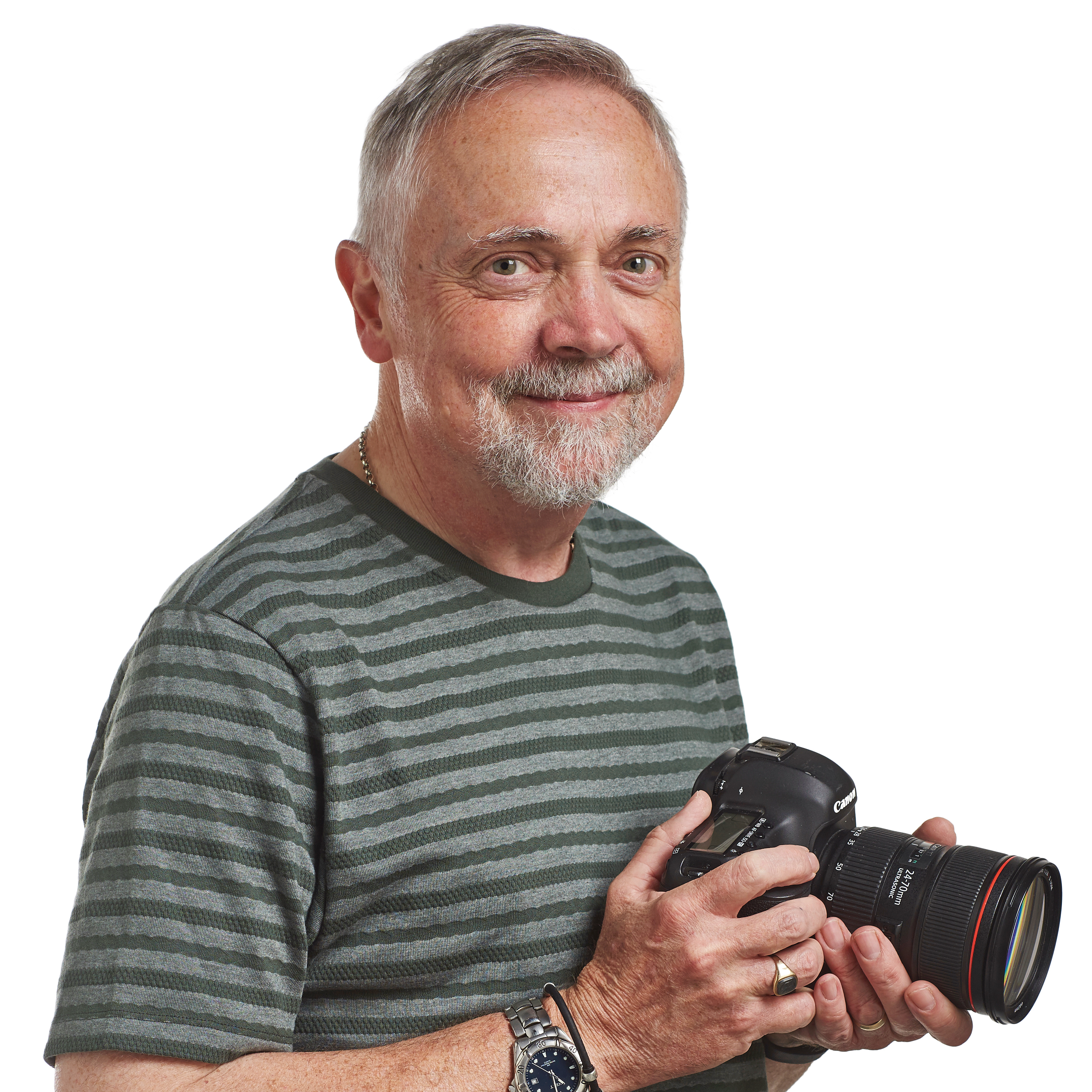
Rod is an independent photography journalist and editor, and a long-standing Digital Camera World contributor, having previously worked as DCW's Group Reviews Editor. He has used practically every interchangeable-lens camera launched in the past 20 years, from entry-level DSLRs to medium-format cameras, so he has the expertise to select the best Sony lenses for you.
The Quick List
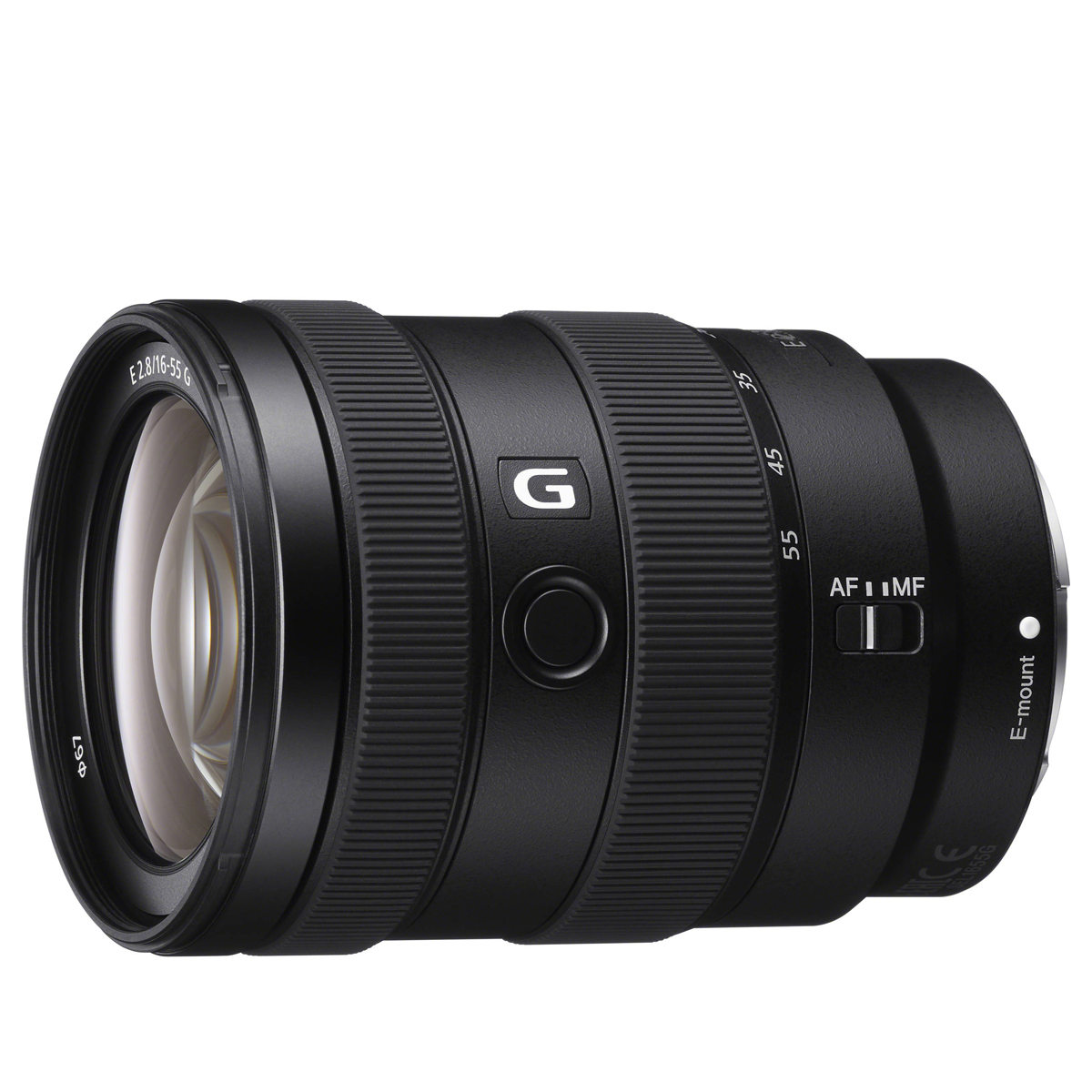
When I wanted to move beyond my kit lens, the 16-55mm G offered shooting convenience with sublime image quality. Read more below…
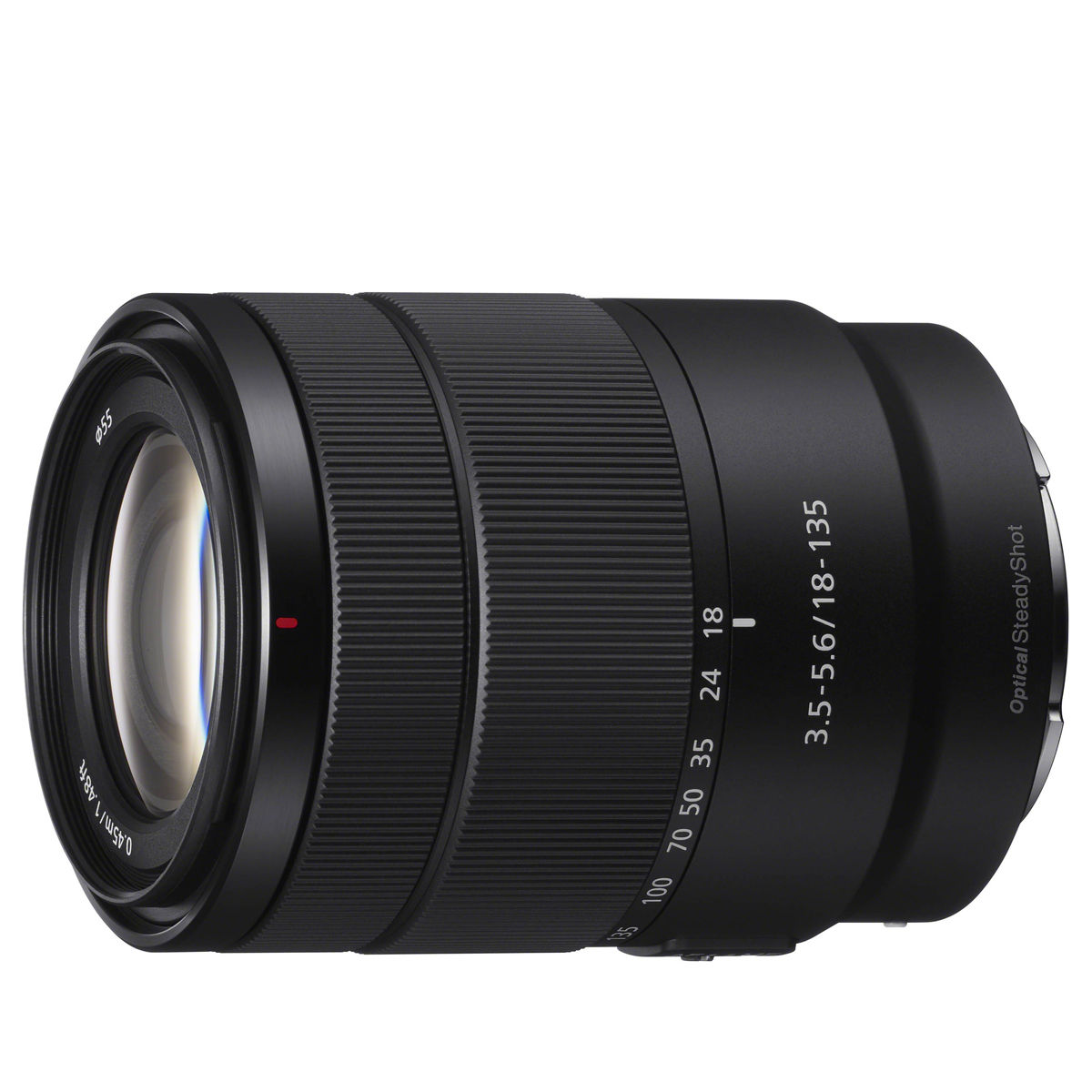
I think the extended zoom range of this lens, coupled with a fairly lightweight build, makes it a great choice for travel photography. Read more below…
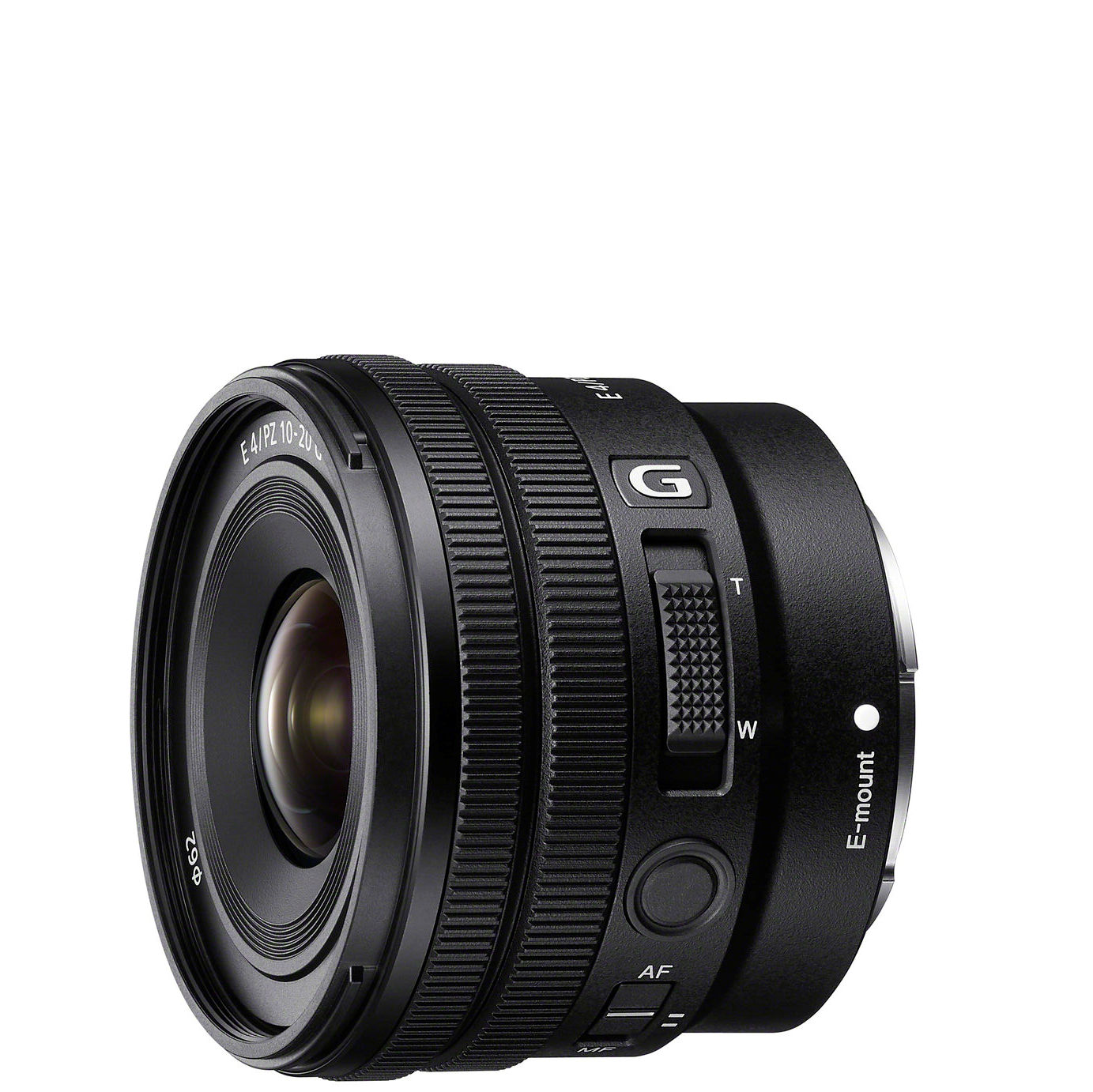
Smart for stills, this Sony wide-angle lens packs a motorized ‘power zoom’ actuator, which works a treat for shooting video. Read more below…
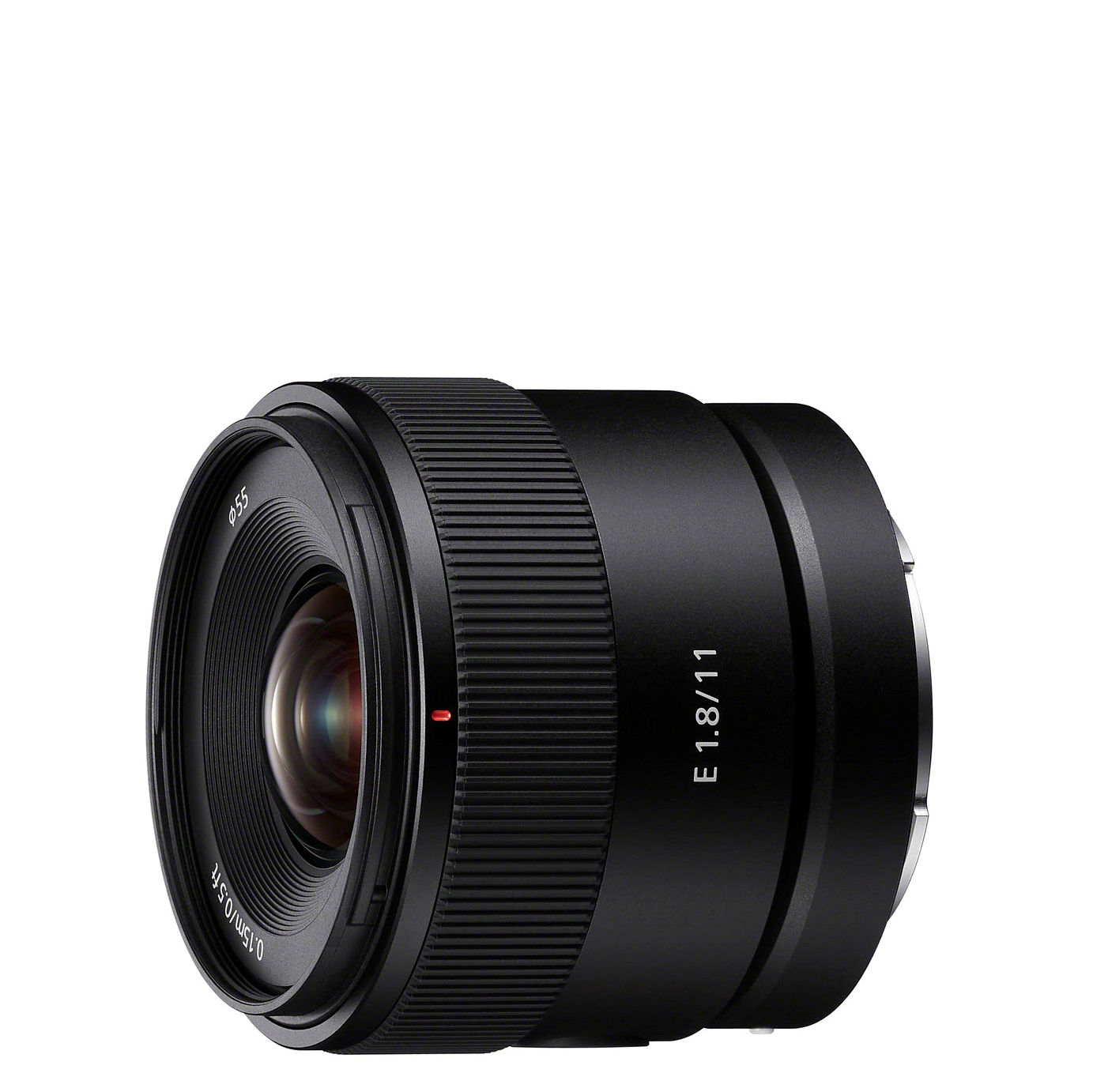
This fast wide-angle prime is great for everything from landscapes and cityscapes to real estate and astrophotography, so I find it very versatile. Read more below…
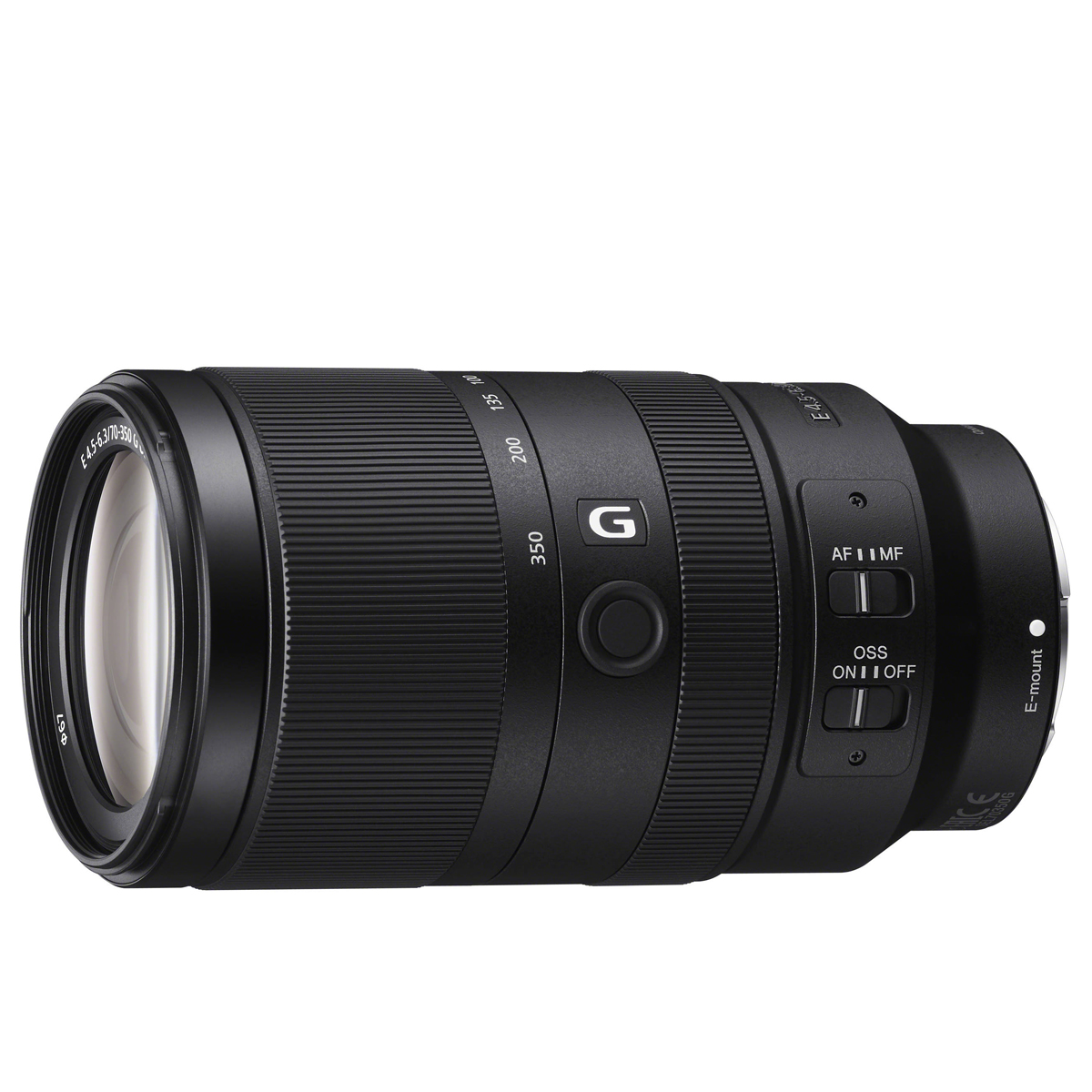
Here’s a quality optic for when you have to keep up with fast-moving but distant subjects like sports and wildlife. Read more below…
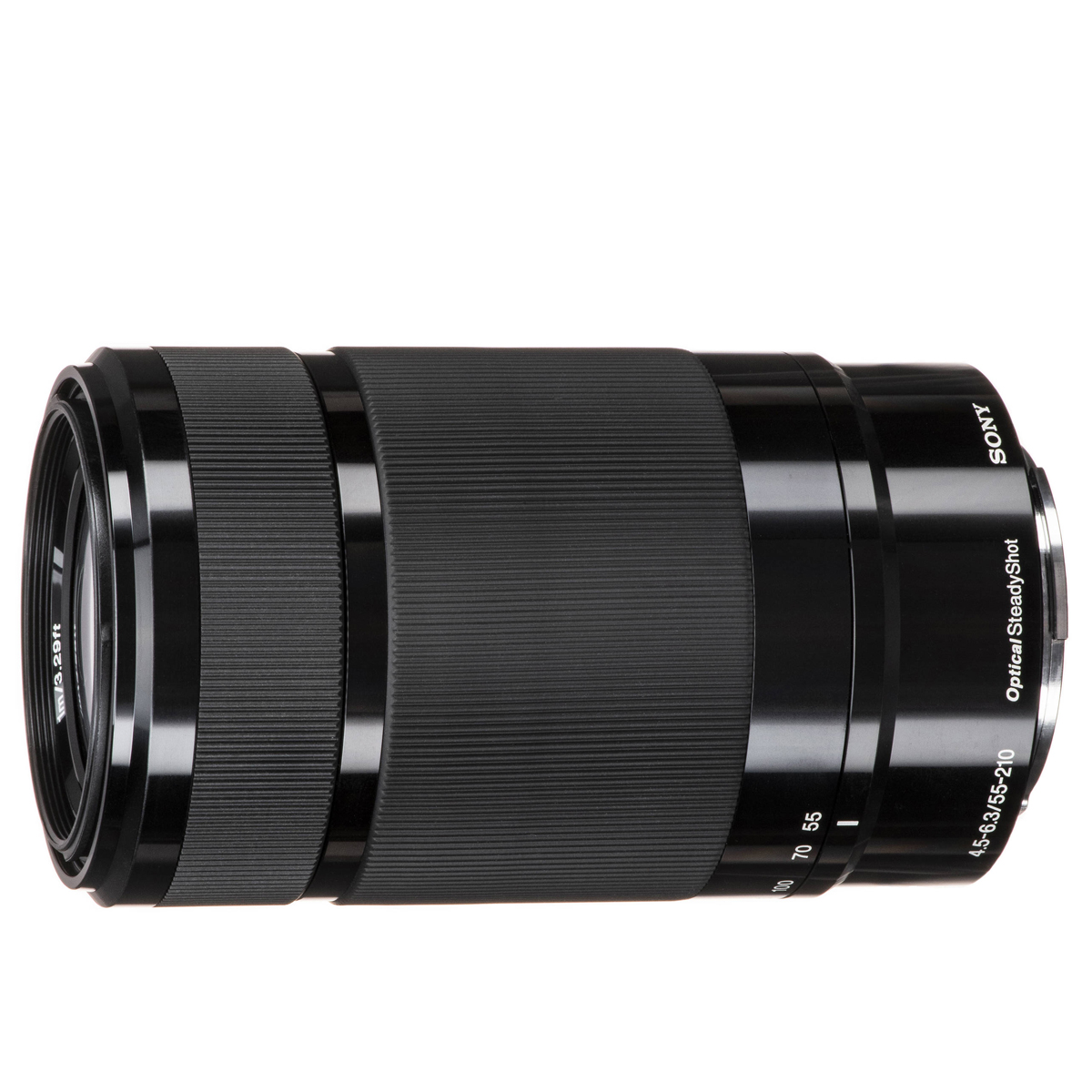
This telephoto doesn’t have the reach of the 70-350mm, but it costs much less, and is surprisingly light and compact, which I like. Read more below…
View the full list ⤵
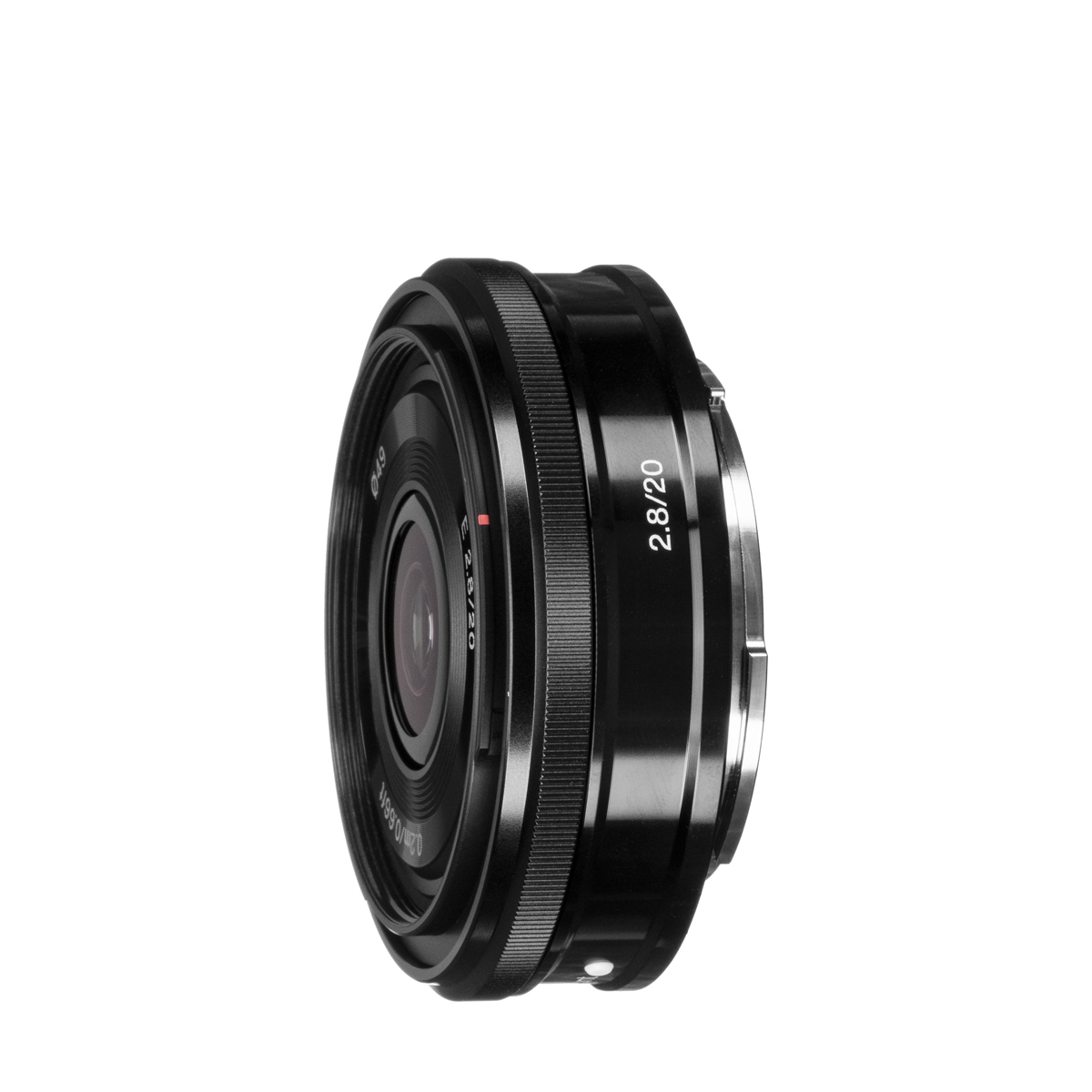
Add this prime to an A6000-series camera, and I've discovered a combo I can keep in a pocket, with great image quality. Read more below…
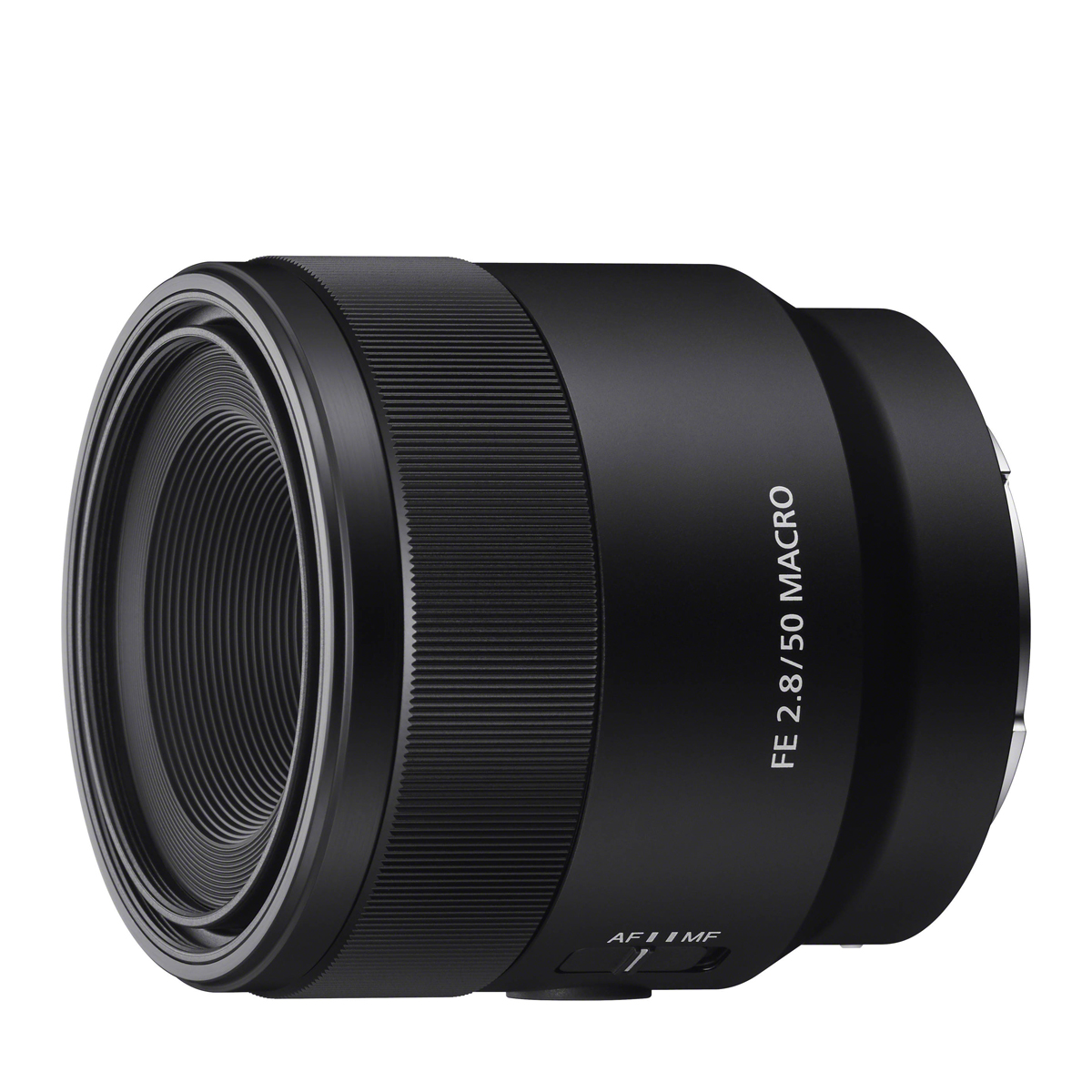
This prime lens provides lifesize magnification at an affordable price, but don’t expect too much from its non-macro shots. Read more below…
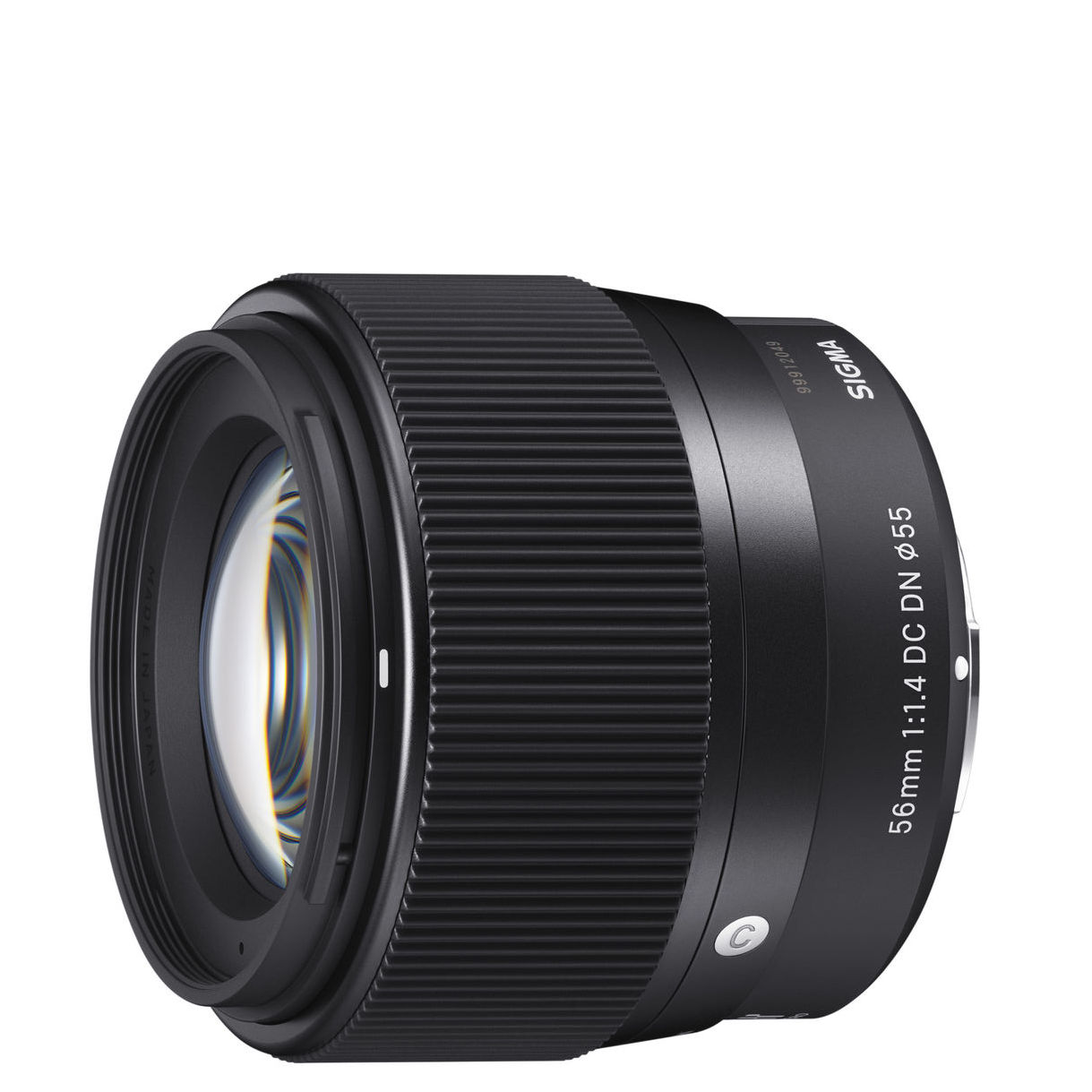
That wide aperture means I can achieve some dream-like bokeh blur, and autofocus and image quality are top-notch too. Read more below…
The best lenses for Sony A6000, A6100, A6300, A6400, A6500, A6600 and A6700 in 2025
Why you can trust Digital Camera World
Best everyday lens for A6000 cameras
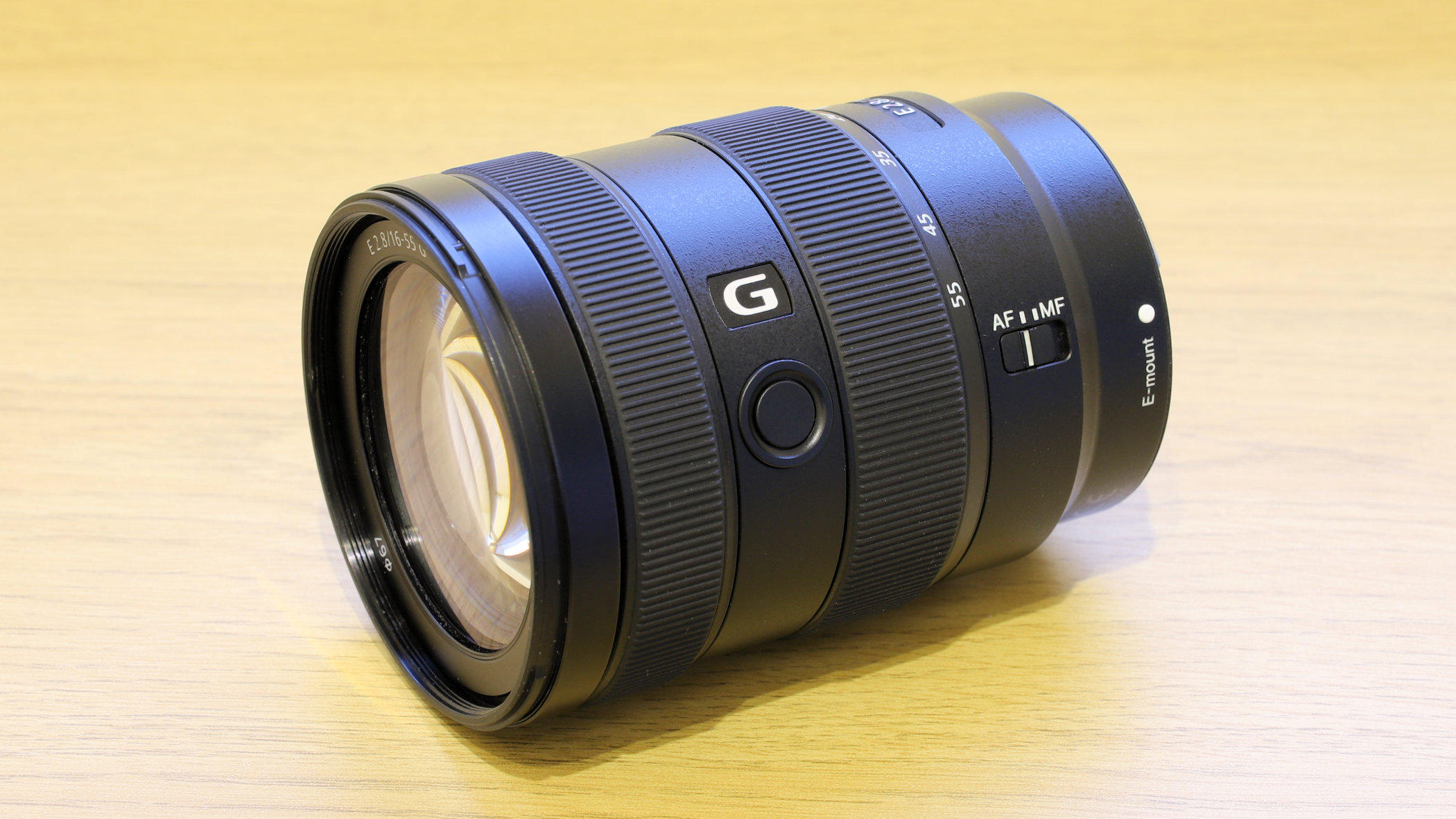
Specifications
Reasons to buy
Reasons to avoid
If you like the focal range of your kit lens but want to make a leap to something offering better image quality, this is it right here. The Sony E 16-55mm f2.8 G lens is a sublime optic, with a constant f/2.8 aperture that gives you amazing shooting flexibility in all different lighting conditions. Images are sharp as a tack across the board; there's a little barrel distortion at the very widest end, but it's easy to correct with software.
The lack of optical image stabilization might be a shame for some, but equally, that would only serve to bump up the price of the lens, and we think the cost is well-judged where it is. For day-to-day shooting on a Sony A6000 camera, this is fantastic – and if it's too expensive, check out our next entry...
Read more: Sony E 16-55mm f/2.8 G review
Best budget everyday lens for A6000 cameras

Specifications
Reasons to buy
Reasons to avoid
Sony's pro-level 16-55mm f/2.8 is a great lens, but it only has a 3x zoom range and it's pretty heavy. For half the cost you can get the Sony E 18-135mm f/3.5-5.6 OSS.
It's cheaper than the 16-55mm G, it's got image stabilization built in and its zoom range is way longer with an equivalent span of 27-202mm. The lens is also compact and portable and still performs well at its telephoto end.
It has a narrower, variable aperture from f/3.5-5.6 but you'll only notice that in dimmer lighting. Like a lot of lenses, this one relies on digital as well as optical corrections, so you may need to check your raw processing software is applying a correction profile. This is a great lens that we use all the time.
Read more: Sony E 18-135mm f/3.5-5.6 OSS review
Best wide-angle zoom lens for A6000 cameras
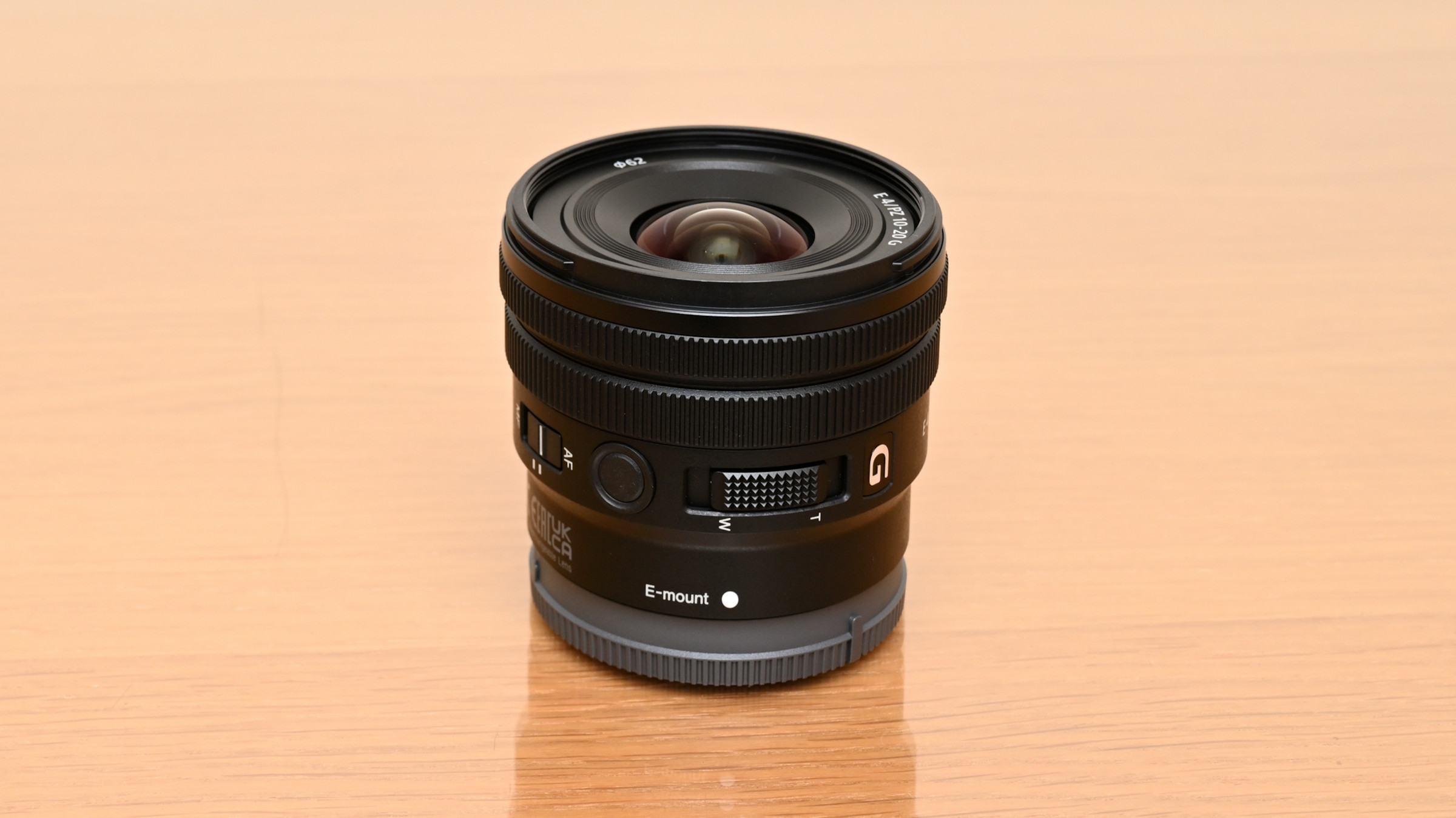
Specifications
Reasons to buy
Reasons to avoid
I feel this is a go-to zoom lens for both stills and video, entirely in keeping with the hybrid ethos of Sony A6000-series cameras. Sure, ultra-precise adjustments of the zoom mechanism can be a little tricky for stills, before you get used to using the lens, but the big upside is that super-smooth zoom and virtually silent transitions are available for shooting video, and the same goes for the autofocus system. Sticking with the power zoom a moment longer, I really like that the lens features both a rotary zoom control ring plus a zoom lever that enables constant-speed adjustments right down to really slow transitions.
There’s also a customizable focus-hold function button, which can come in handy. Another handling plus point is that both the zoom and focus mechanisms are fully internal, so the lens doesn’t physically extend or contract at any settings. That’s a big bonus when using a gimbal for shooting video.
Naturally, any lens is only as good as its optical performance and I like that the design features three aspherical elements, two ED (Extra-low Dispersion) elements and one aspherical ED (Extra-low Dispersion) element, delivering excellent sharpness and clarity, and contributing to the lens’s G (Gold) status.
Read more: Sony E PZ 10-20mm f/4 G review
Best ultra-wide prime lens for A6000 cameras
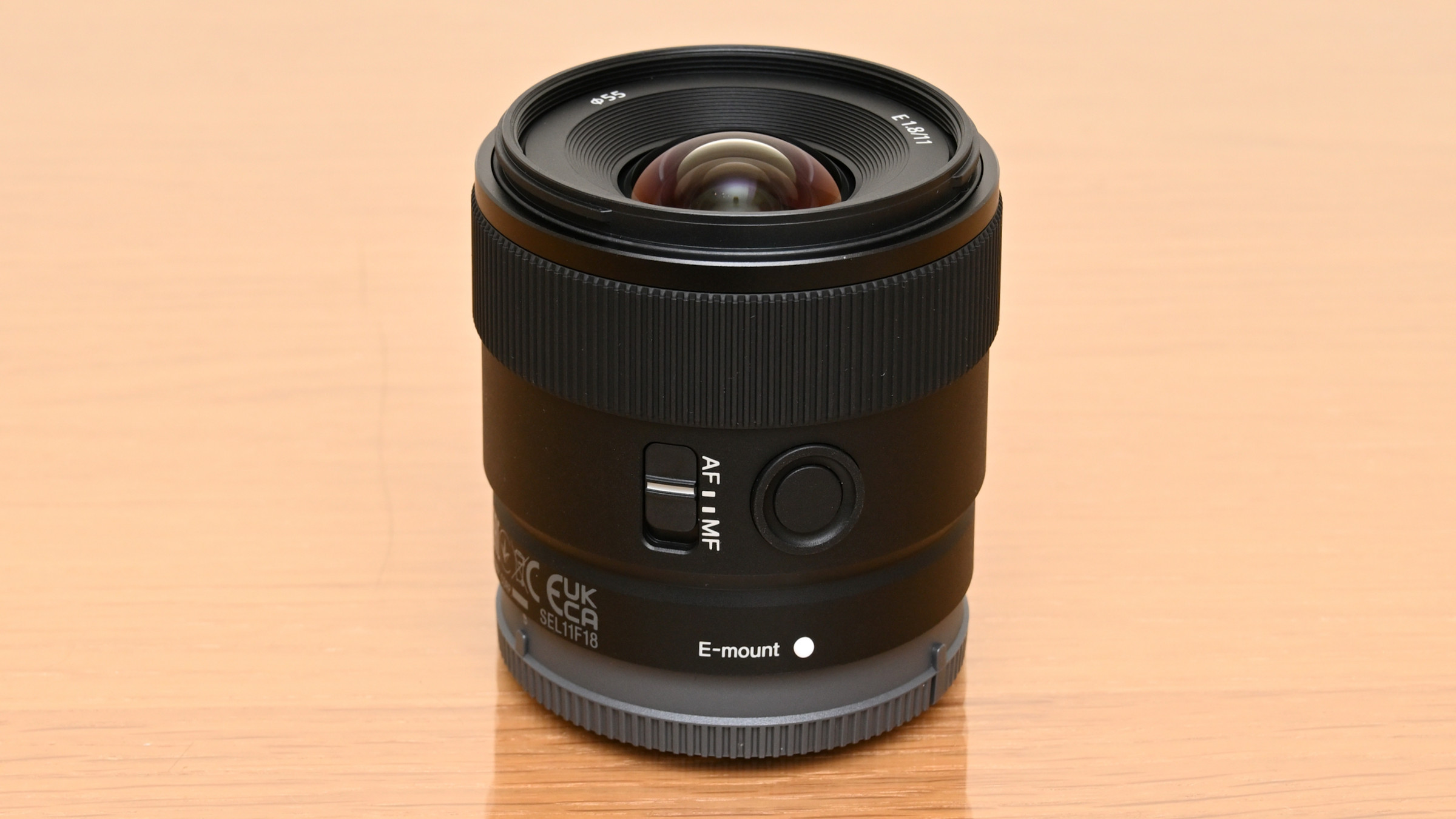
Specifications
Reasons to buy
Reasons to avoid
A small lens with a big heart and a big viewing angle, I love how this Sony 11mm shoehorns so much into the image frame. I find it ideal for everything from cramped architectural interiors to sweeping landscape vistas and cityscapes, while its fast f/1.8 aperture makes it equally adept for astrophotography. Buy one and it won’t be long before you wondered how you ever managed without it.
I really like that the lens is designed to be equally adept at shooting stills and movies, boasting two linear stepping motors that deliver super-fast autofocus for stills and smooth, virtually silent focus transitions for movies. The minimum focus distance of 0.15m shrinks to just 0.12m in manual focus mode, delivering a tight depth of field at f/1.8 for close-ups or using the lens for vlogging. Handling benefits from an AF/MF switch is featured and a customizable autofocus-hold button.
I also like that the lens is neatly compact and lightweight, ideally suited to slimline Sony A6000-series camera bodies. Even so, it packs quality glass including three aspherical elements and three ED (Extra-low Dispersion) elements to optimize image quality, while build quality is convincingly robust, featuring multiple weather-seals.
Read more: Sony E 11mm f/1.8 review
Best super-telephoto lens for A6000 cameras

Specifications
Reasons to buy
Reasons to avoid
Considering how new this lens is and its impressively broad telephoto zoom range, the price it's set at is incredibly reasonable. The Sony E 70-350mm f/4.5-6.3 G OSS is well-suited to a huge range of fast-paced photographic genres like wildlife and sports, making it a perfect partner for the speedy A6000 cameras.
Its optical design includes an aspherical element and three extra-low dispersion elements, all of which contribute to superb image quality right through the zoom range. Controls are customizable too, and Optical SteadyShot expands usability in low light. This is a fantastic lens for a good price.
Read more: Sony E 70-350mm f/4.5-6.3 G OSS review
Best budget telephoto lens for A6000 cameras
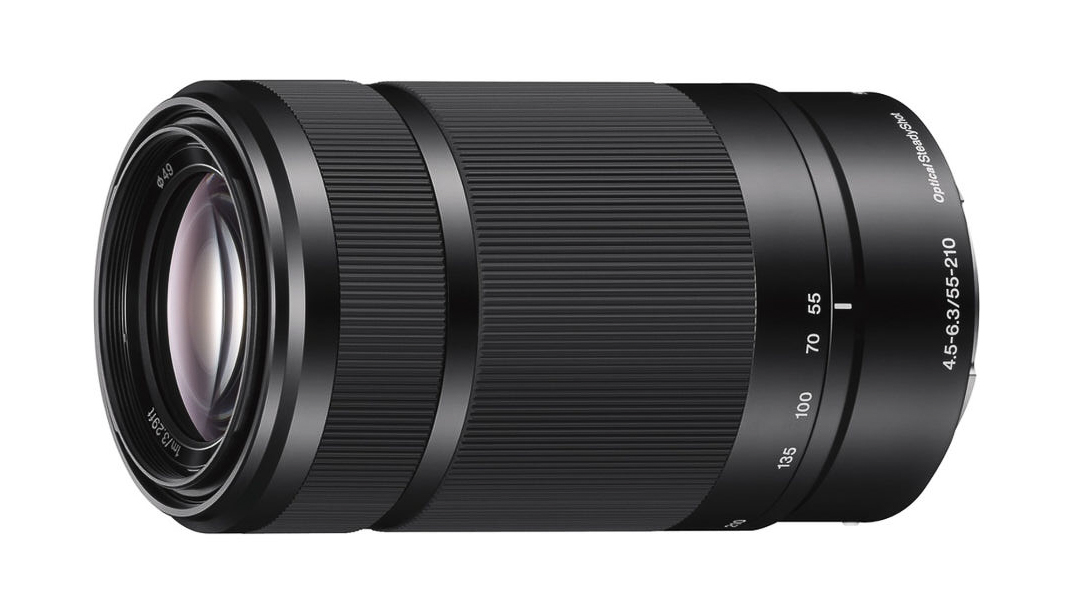
6. Sony E 55-210mm f/4.5-6.3 OSS
Specifications
Reasons to buy
Reasons to avoid
If the Sony 70-350mm lens above is a little outside your price range, this 55-210mm f/4.5-6.3 OSS lens should do perfectly. Its maximum zoom range is a little shorter, but thanks to the 1.5x crop factor of the A6000 and other Sony APS-C format E-mount camera bodies, the lens gives an ‘effective’ zoom range of 82.5-315mm in full-frame terms, so it still gives a pretty powerful telephoto reach at the long end.
This lens is light and compact for a telephoto, mostly thanks to the fairly narrow aperture rating, which shrinks from f/4.5 to f/6.3 as you extend through the zoom range. Physically, it enables a much better balance on an A6000 camera, though sharpness drops off a bit at longer zoom settings and could be better at the widest available apertures.
Best street photography lens for A6000 cameras
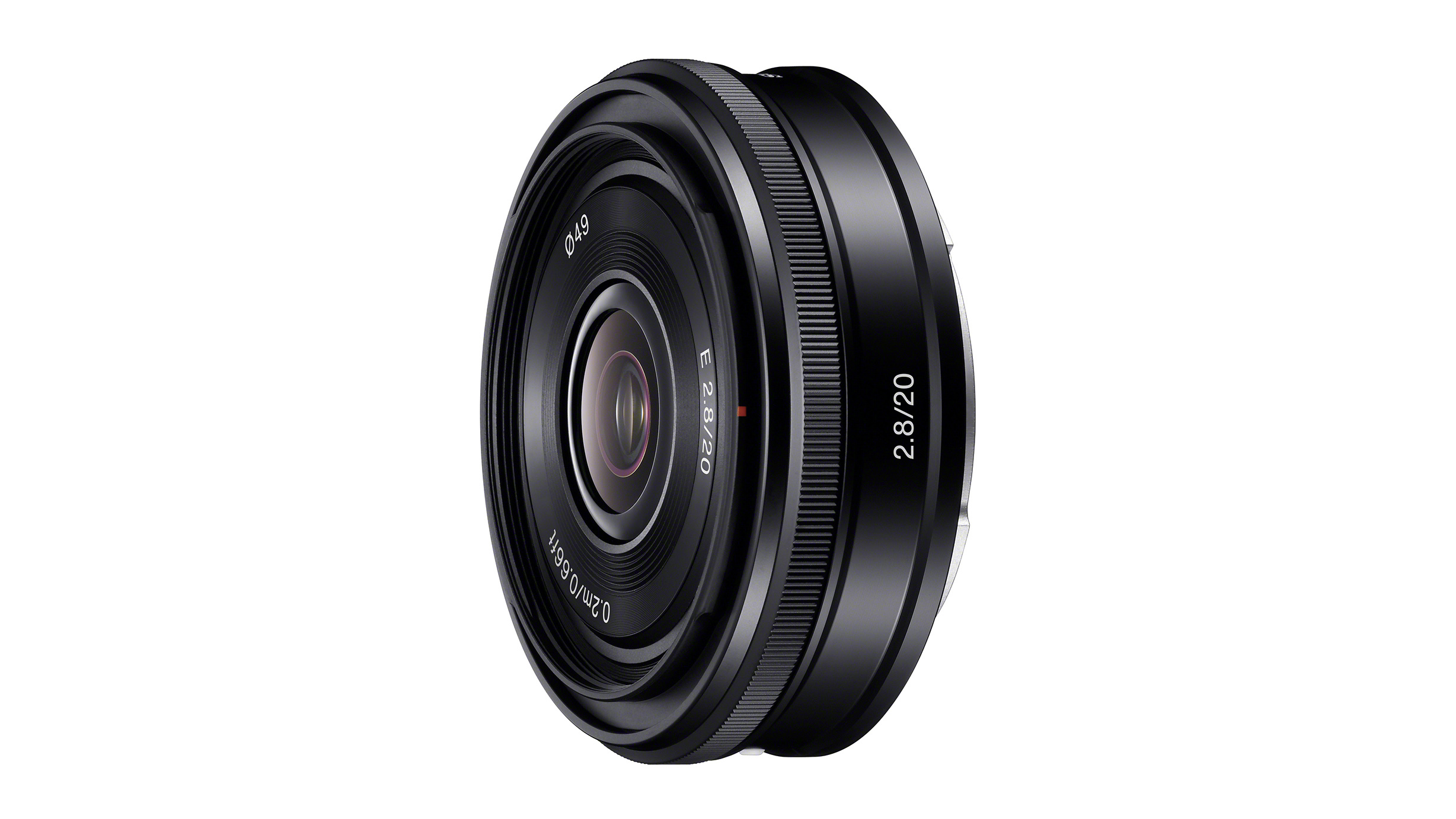
7. Sony E 20mm f/2.8 Pancake
Specifications
Reasons to buy
Reasons to avoid
So called 'pancake' lenses are really popular for street and travel photography because they extend only a small distance from the camera body and can stow away in small bags or even jacket pockets. A mere slip of a thing, this pancake lens measures just 63x20mm and weighs a mere 69g.
The effective focal length of 35mm is ideal, and the outfit is small enough for you to shoot candidly without drawing attention to yourself. Like almost all prime lenses it lacks Optical SteadyShot but the f/2.8 aperture rating is faster than that of most zoom lenses.
The only catch is that, when shooting wide-open, sharpness is merely good rather than great and vignetting (darkened image corners) is quite noticeable. At apertures of between f/4 and f/8, though, the image quality really comes alive.
Best macro lens for A6000 cameras
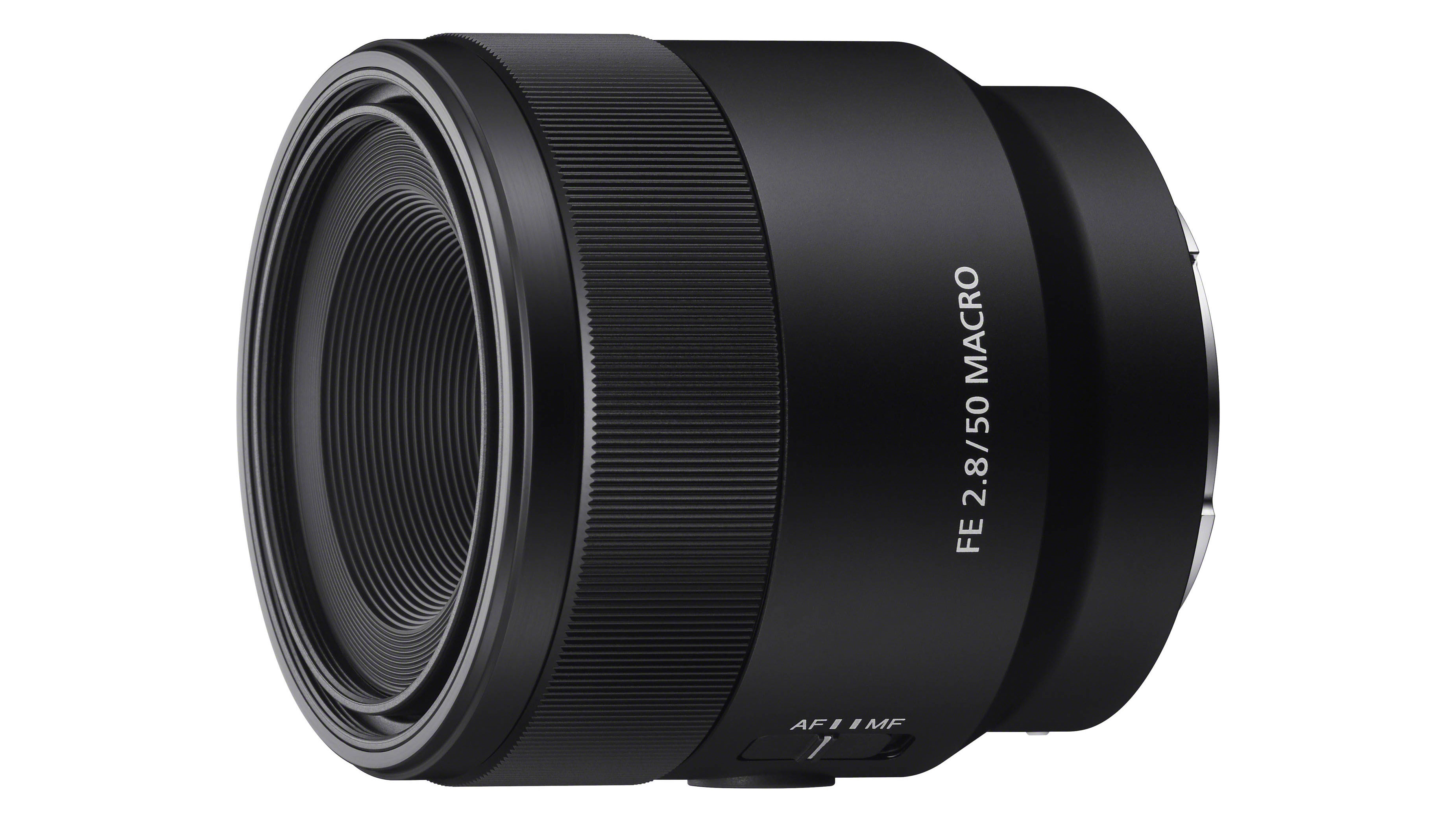
Specifications
Reasons to buy
Reasons to avoid
This is both a nifty fifty and an affordable macro lens with 1:1 magnification. It’s not a Zeiss or a G Master, so it’s designed as an affordable workaday lens for amateurs and enthusiasts. That’s not to say it’s a poor performer – far from it – but with no aperture ring and a modest f/2.8 maximum aperture, I would characterize this more as a macro lens than a 50mm (even though that is the focal length).
If what you want is a fast 50mm prime for regular use, you would probably cross this off the list – but a great choice if you want to photograph insects, flowers or anything else where you want to get in really close for big magnification. Be warned that this lens is showing its age in terms of its autofocus performance!
Read more: Sony FE 50mm f/2.8 Macro review
Best portrait photography lens for A6000 cameras
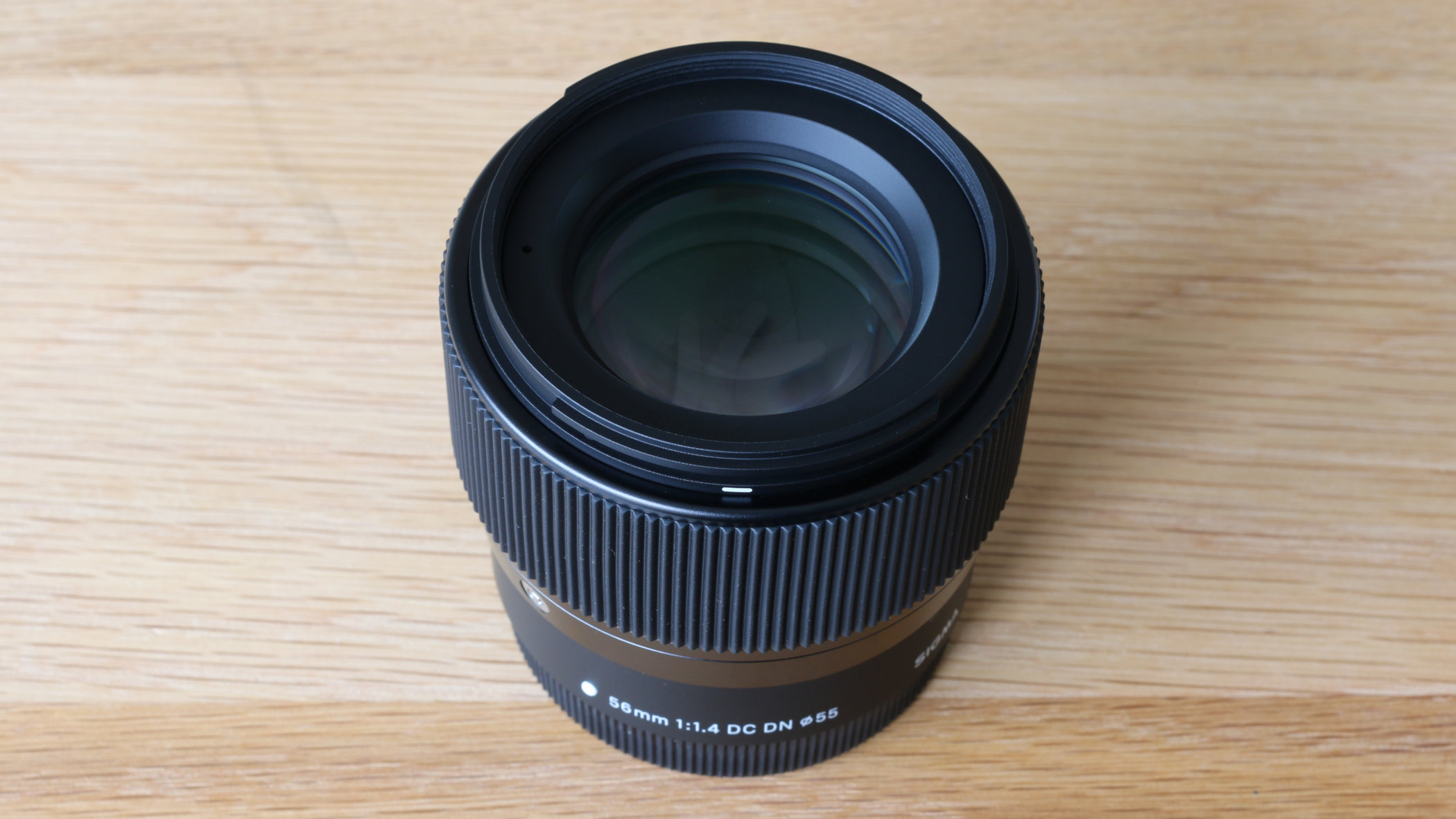
Specifications
Reasons to buy
Reasons to avoid
Portraiture and still-life can be a struggle with a crop-sensor camera, especially if you want nice creamy bokeh, giving a sumptuous smoothness to defocused areas. With an effective focal length of 85mm on a Sony A6000-series body, this becomes a classic lens for portrait photography, at a competitive price.
The f/1.4 aperture rating of the Sigma 56mm f/1.4 DC DN | C lens gives you full control over depth of field, allowing you to create beautifully blurred backgrounds, to isolate your subject. In our tests, we remarked that it’s well-built but small and light, and feels right at home on a compact mirrorless body. Even so, it goes large on performance, with rapid autofocus and superb image quality.
Read more: Sigma 56mm f/1.4 DC DN Contemporary review
Lab data and comparisons
The graphs below show the comparative performance of the lenses in this guide, based on our in-house lab tests. You’ll notice that the Sony FE 50mm, E 11mm and E 16-55mm all score particularly well for sharpness, with the last of these putting in an excellent performance for a zoom lens. There’s not much in the way of color fringing but distortions can run pretty high, especially with the Sony E 11mm. As with many lenses designed for mirrorless cameras, some of those in this group rely heavily on automatic in-camera correction for distortion.
Scores for sharpness and color fringing are averaged from data taken across the entire image frame, from the center to the edges and corners, throughout the aperture range. For zoom lenses, the scores are also averaged from data measured at all marked focal lengths, and the same applies to distortion. Bear in mind that these average values don't fully reflect specific areas of performance. For example, a zoom lens might have noticeable barrel distortion at its shortest focal length, which is less obvious when everything is averaged out. For more detailed graphs of each lens's performance, take a look at the graphs published in our full standalone reviews.
How to choose the best lens for Sony A6000 cameras
All A6000-series cameras use the Sony E lens mount. Sony’s own E-mount lenses have either FE or E in their model names: all work on A6000 cameras. Very broadly speaking, an FE lens will be heavier and more expensive than an equivalent E lens, but deliver better image quality. E lenses (again very broadly) will tend to be smaller and lighter.
For shooting at shorter focal lengths and wider angles of view – specifically kit lenses or ultra-wide zooms – you are probably better off with an E lens. The APS-C crop factor of A6000 cameras means that FE lenses offer a reduced angle of view, curtailing their wide-angle capability with the smaller sensor.
If you are buying a third-party E-mount lens, check whether the lens is designed for use with APS-C Sony cameras like the A6000 series, or with full-frame Sonys.
Check out our guide to the best Sony lenses if you want to know more
How we test lenses
The lens experts in our testing lab run a range of tests under controlled conditions, using the Imatest Master testing suite. Photos of test charts are taken across the range of apertures and zooms (where available), then analyzed for sharpness, distortion and chromatic aberrations.
We use Imatest SFR (spatial frequency response) charts and analysis software to plot lens resolution at the centre of the image frame, corners and mid-point distances, across the range of aperture settings and, with zoom lenses, at four different focal lengths.
There's more to it than just the technical side, though! Beyond the lab, our reviewers test lenses in real-world environments – and sometimes on professional shoots! We work with lenses both indoors and outdoors, in studio conditions and in natural light, with as many different subjects as is possible (or appropriate – there's no point testing a landscape lens' ability to shoot a portrait!).
We take into account everything from handling and ease of use to speed of autofocus and the overall quality of the images produced.
Find out more about how we test and review on Digital Camera World
Get the Digital Camera World Newsletter
The best camera deals, reviews, product advice, and unmissable photography news, direct to your inbox!
Matthew Richards is a photographer and journalist who has spent years using and reviewing all manner of photo gear. He is Digital Camera World's principal lens reviewer – and has tested more primes and zooms than most people have had hot dinners!
His expertise with equipment doesn’t end there, though. He is also an encyclopedia when it comes to all manner of cameras, camera holsters and bags, flashguns, tripods and heads, printers, papers and inks, and just about anything imaging-related.
In an earlier life he was a broadcast engineer at the BBC, as well as a former editor of PC Guide.
- Sebastian OakleyEcommerce Editor

